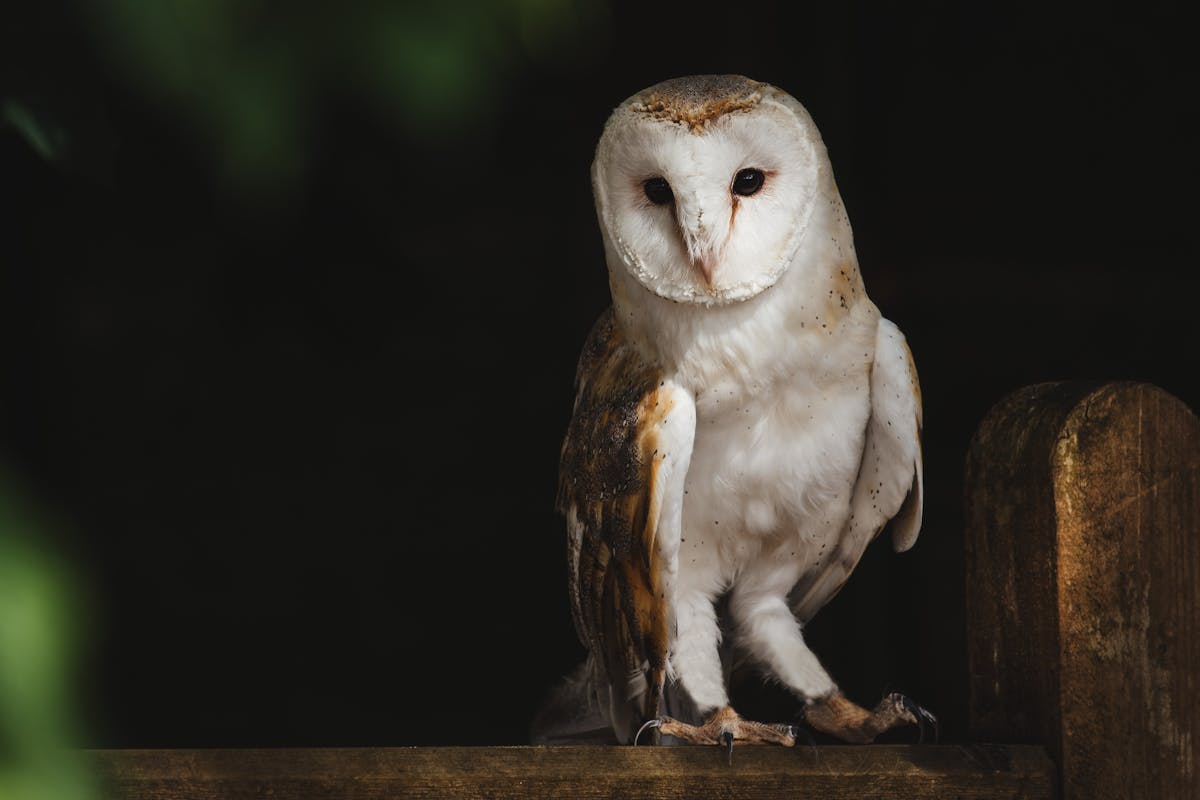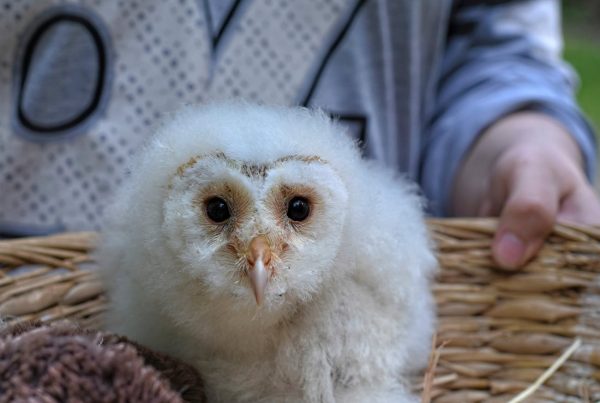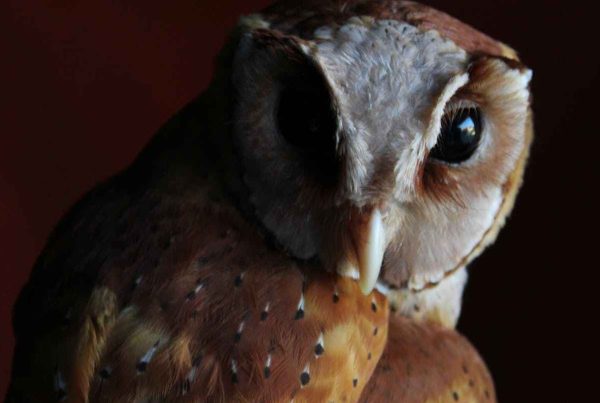Identifying and Caring for a Barn Owl
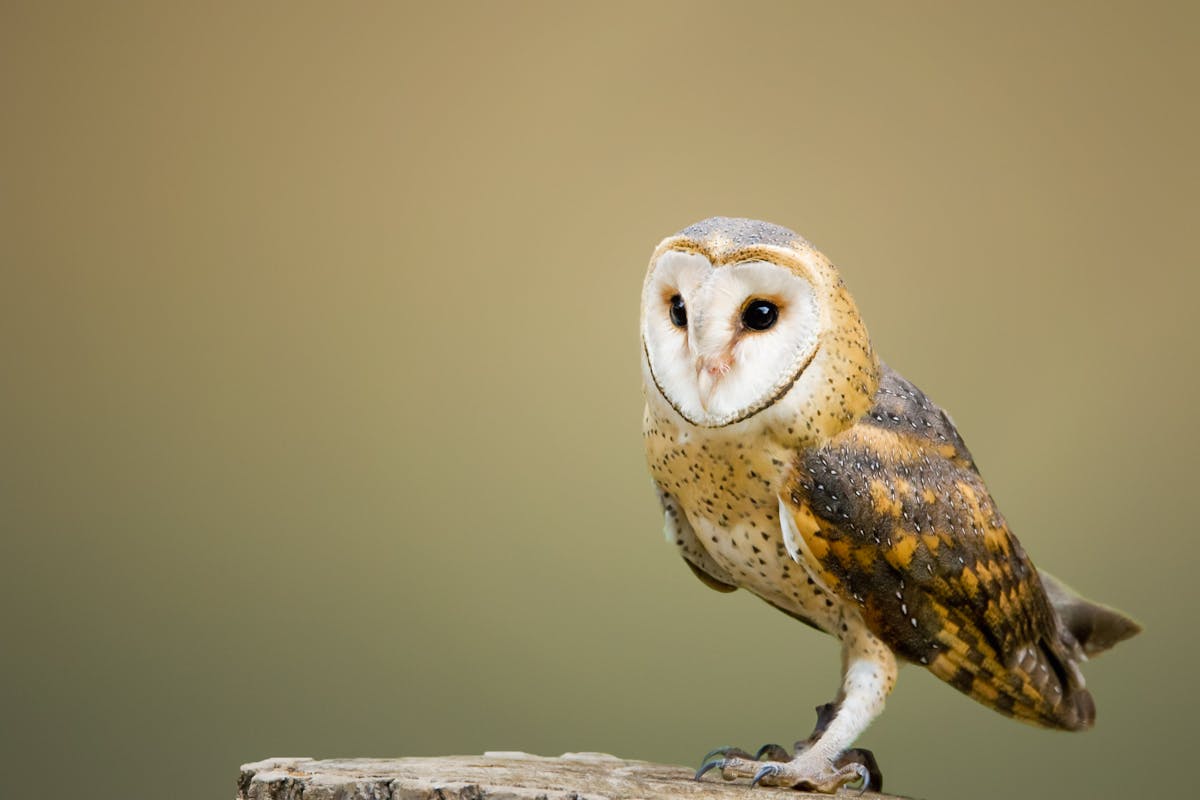
Baby Barn owl
Baby Barn owls are recognizable by their dark eyes and distinctive facial discs. If you spot a barn owl, particularly a young one, correct identification is important. Proper care is key for its well-being.
Identifying a Barn Owl
-
- Barn owls have dark eyes and pale facial discs.
- Young owls, or owlets, stay in their nests until they reach about 8 weeks of age and prepare to fly.
- If you find an owlet on the ground, you must determine whether it has fallen from a nest or whether it is injured.
- Return healthy owlets to their nest if you can. Parent owls will continue caring for them.
Handling a found barn owl.
-
- Always assess the owl’s condition before intervening.
- Use fine leather gloves to handle the owl to avoid injury.
- Check for signs of malnourishment or injury by feeling the chest and wing muscles.
- If the owl appears alert and responsive, it is likely in good condition.
Returning an owlet to its nest.
-
- If an owlet is too young to fly, it should be placed back in the nest.
- Owls do not reject their young due to human handling, as they have a poor sense of smell.
- Find the right nest before you return the owlet. If you put it in the wrong place, it might get abandoned.
- If the nest is inaccessible or destroyed, consult wildlife authorities for alternative solutions.
Legal Considerations
-
- You need a license to disturb an owl’s nest. This rule comes from the 1981 Wildlife and Countryside Act (UK) and similar laws in other places.
- Occasional handling to return a young owl to its nest is generally permitted.
- If repeated nest visits are necessary, apply for the required license from local wildlife agencies.
Assessing an Owlet’s Health
-
- Watch the owl’s posture. If it stands tall, that’s a good sign. But if it lies on its side, it might be weak.
- Check for physical injuries, missing feathers, or signs of malnutrition.
- If the owl is weak or has been exposed to prolonged rain, it may require professional care.
- If the owl seems unwell, call a wildlife rehabilitator or a suitable organization.
If you see a barn owl, check its health. Decide if it needs help. Whenever possible, return healthy owlets to their nests, ensuring minimal human interference. Always follow local wildlife protection rules when handling owls. This is important for legal and conservation reasons.
-
- Assessing the SituationAn injured owl needs to see a veterinarian or a skilled wildlife rehabilitator. If the owl is struggling to breathe, immediate veterinary intervention is necessary. If the owl looks weak or malnourished, an experienced caretaker may need to feed it manually. This should continue for a week or two before trying to return it to the wild.Returning an owl to its nest is always recommended if feasible. If the nest isn’t complete or other young owlets are around, you need to think about more things. It’s wrong and illegal to keep a wild bird unless you intend to help it recover and release it back into the wild. If owlets can’t return to their nests, take them to a wildlife rehabilitator right away.Feeding and HydrationRehydration is crucial for the owl’s survival. Dehydration can be deadly. Giving a sugar-water solution can help a weak owl get stable. In urgent cases, poultry or raw beef can be used temporarily, but lamb and pork should be avoided.The best diet includes whole, pre-killed mice or small birds. You can usually find these at pet stores as frozen feeders. These should be fully thawed before feeding. An adult owl may consume 2-3 chicks or 4-5 mice every 24 hours. Some owl species avoid certain prey based on color. For example, they might skip white or yellow animals but eat gray or brown rodents.For young or weak owlets, food should be cut into small pieces and placed at the entrance of their beak. After they eat, leave them alone so they can enjoy their meal. Don’t feed cooked meat, pet food, or processed foods unless your vet says it’s okay.Returning the owl to the nestOnce the owlet is healthy and stable, returning it to its nest is a priority. A ladder may be necessary to access the nest site. Signs of an active nest include:
- White droppings and regurgitated pellets around the entrance.
- Feathers or remnants of prey.
- A distinct ammonia-like smell from accumulated waste.
If you can’t find the nest, use binoculars to look around. Watching for owl activity can also help you locate it. If the owlet is well-developed and mobile, it may be possible to place it at the cavity entrance and allow it to re-enter on its own. However, if it is still weak, the exact nest site must be identified before reintroducing it.Understanding Barn Owl Nesting HabitsBarn owls do not build traditional nests but require dry, level surfaces to lay their eggs. Common nesting sites include:
- Agricultural buildings
- Hollow trees
- Cliffs and rock ledges
- Man-made nest boxes
Most barn owl nests are found in human-made buildings. This shows how crucial conservation is for creating safe nesting places.Follow these guidelines to help an injured or abandoned owl. This way, you can give it the best care and a better chance of surviving in the wild.
- Understanding Owl Nests and Cavity Habitats These nesting sites provide safety and protection for their young. The least size for a good nesting cavity is about 70 x 70 mm. It should have an entrance crack of at least 70 mm. Some cavities may be just 300 mm deep. Nests usually sit at least three meters above the ground.Nesting Habits and StructureOwl nests often contain a mix of natural debris and partially eaten prey, such as rats or small birds. Some species create a base layer from “pellet waste.” Cracks and crevices are important for their diet. They mainly eat small mammals. The eggs, usually black-gray, vary in size and appearance depending on the species.Eggs are laid at intervals of 2 to 3 days, leading to chicks of different sizes in a single nest. Never remove eggs or chicks from a nest just because they look smaller than the others.Signs of a Healthy vs. Unhealthy NestA healthy nest typically has:
- A strong ammonia-like smell.
- Alert, vocal young when disturbed.
- Visible, uneaten food nearby.
- Siblings huddled together.
An unhealthy nest shows traits that differ from a healthy nest.
- Weak or unresponsive chicks
- Dead young on the ground or in the nest
- Lack of fresh food
- Absence of adult owls
If an adult owl does not return to a nest, the survival chances of the young diminish significantly. Sometimes, a vet or wildlife rehab expert may need to step in.Safety and Legal ConsiderationsHandling owl nests or eggs is often illegal without proper authorization. If you find an abandoned or unsafe nest, contact local wildlife authorities before taking any action. Always check the area for returning adult owls before intervening.If an owlet falls from its nest, it may indicate an unsafe nesting site. Putting it back in the nest can help sometimes. But if it keeps falling, there may be a bigger problem, like not enough food or a bad nest location.Seeking HelpFor injured or abandoned birds, contact a veterinarian or wildlife rehabilitation organization. In the UK, the RSPCA provides assistance (0300 1234 999 – 24-hour service).Personal Safety PrecautionsWhen checking nests:
- Always work with a partner.
- Use a small mirror to inspect deep cavities.
- Avoid putting your face or hands directly into unfamiliar spaces.
- Inform someone about your location and expected return time.
You can help keep owls safe by learning about their nesting behavior and being careful.
- Assessing the SituationAn injured owl needs to see a veterinarian or a skilled wildlife rehabilitator. If the owl is struggling to breathe, immediate veterinary intervention is necessary. If the owl looks weak or malnourished, an experienced caretaker may need to feed it manually. This should continue for a week or two before trying to return it to the wild.Returning an owl to its nest is always recommended if feasible. If the nest isn’t complete or other young owlets are around, you need to think about more things. It’s wrong and illegal to keep a wild bird unless you intend to help it recover and release it back into the wild. If owlets can’t return to their nests, take them to a wildlife rehabilitator right away.Feeding and HydrationRehydration is crucial for the owl’s survival. Dehydration can be deadly. Giving a sugar-water solution can help a weak owl get stable. In urgent cases, poultry or raw beef can be used temporarily, but lamb and pork should be avoided.The best diet includes whole, pre-killed mice or small birds. You can usually find these at pet stores as frozen feeders. These should be fully thawed before feeding. An adult owl may consume 2-3 chicks or 4-5 mice every 24 hours. Some owl species avoid certain prey based on color. For example, they might skip white or yellow animals but eat gray or brown rodents.For young or weak owlets, food should be cut into small pieces and placed at the entrance of their beak. After they eat, leave them alone so they can enjoy their meal. Don’t feed cooked meat, pet food, or processed foods unless your vet says it’s okay.Returning the owl to the nestOnce the owlet is healthy and stable, returning it to its nest is a priority. A ladder may be necessary to access the nest site. Signs of an active nest include:
The Journey of Owlets: From Birth to Independence
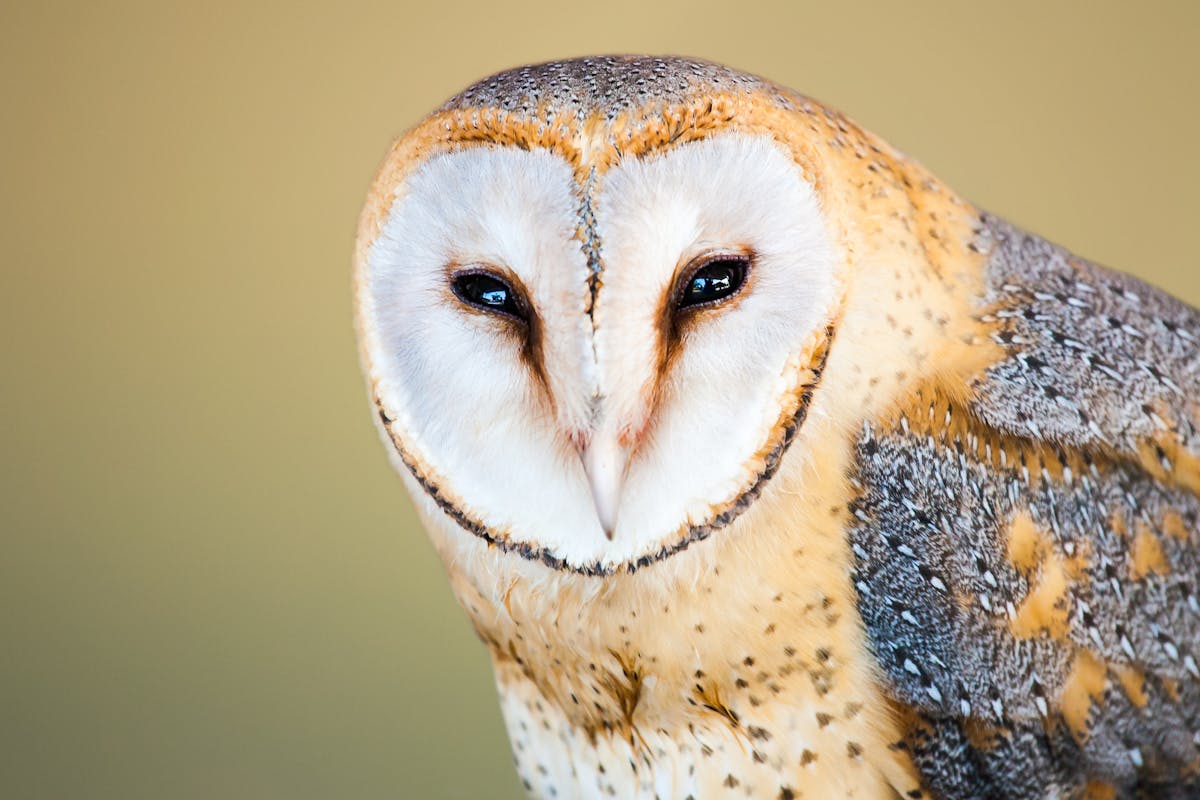
Baby Barn owl View
Owlets, young owls, go through a big change as they grow. They develop and later explore the world alone. Here’s a quick look at their life stages and the amazing changes they go through as they develop.
1. The Early Days: Birth and Growth
When owlets are born, they are extremely vulnerable. The first few weeks are crucial. Their survival relies on the care from their parents. For the first few days, owlets rely entirely on the warmth and protection provided by the mother. They are fragile, and only one or two eggs may fail in the process, depending on the circumstances. After the baby is born, the parents, especially the mother, share the tasks. They take turns feeding and warming the baby.
2. The First Three Weeks: Growing Quickly
In the first three weeks of life, owlets grow rapidly. By this time, they are capable of swallowing a small prey item, such as a mouse or a rat. Their growth is aided by their diet, which is provided by the mother. Owlets make a unique sound, often a soft “moderate drop” noise, especially when they feel threatened.
While the mother feeds them, the male hunts and brings food. Gradually, they start to show their unique features. During this stage, they also start to engage in food fights as they become more independent in their eating habits.
3. Weeks 4 to 7: Developing Skills
By around four weeks, the owlets begin showing signs of independence. Their ability to run, jump, and even fly short distances is evident. At this stage, the owlets start practicing their wing exercises. The heart-shaped face stands out more, and their feathers look fluffier.
Around six weeks, the owlets can weigh nearly as much as the adults. Some owlets show odd behaviors. For example, they might eat several times before feeling full. They may also engage in “play hunting.”
At seven weeks, most of the young owls leave the nest. Adults still provide prey, but food deliveries start to decline. This marks the beginning of their transition from dependency to independence.
4. Weeks 8 to 12: Independence and Exploration
At eight to nine weeks, the owlets are capable of brief flights. At ten weeks, most owlets can fly well and easily find their way around. They are also learning to hunt, relying heavily on instinct rather than training. During this time, they may leave the nest for a short period but return to rest in nearby trees.
At twelve weeks, the owlets are nearly independent. They may still need some help from the adults now and then. They start to move away from their parents’ territory. They also begin to set up their own “life field.” We call this process distribution.
5. Weeks 13 to 14: Final Stages of Independence
By week 13, owlets are well on their way to adulthood. They are more independent now. They explore their surroundings and learn skills to survive. At fourteen weeks, most young owls have left their parents’ territory. They might still interact with them sometimes, especially with the female.
Conclusion: Baby Barn Owls to Maturity
Owlets are born weak but grow fast. They gain strength, skills, and independence in just a few months. From birth in the nest to leaving it, they go through key stages. These stages help them grow into fully developed owls. Every stage of their growth is crucial for survival in the wild. Their journey shows resilience, learning, and finally, freedom.



